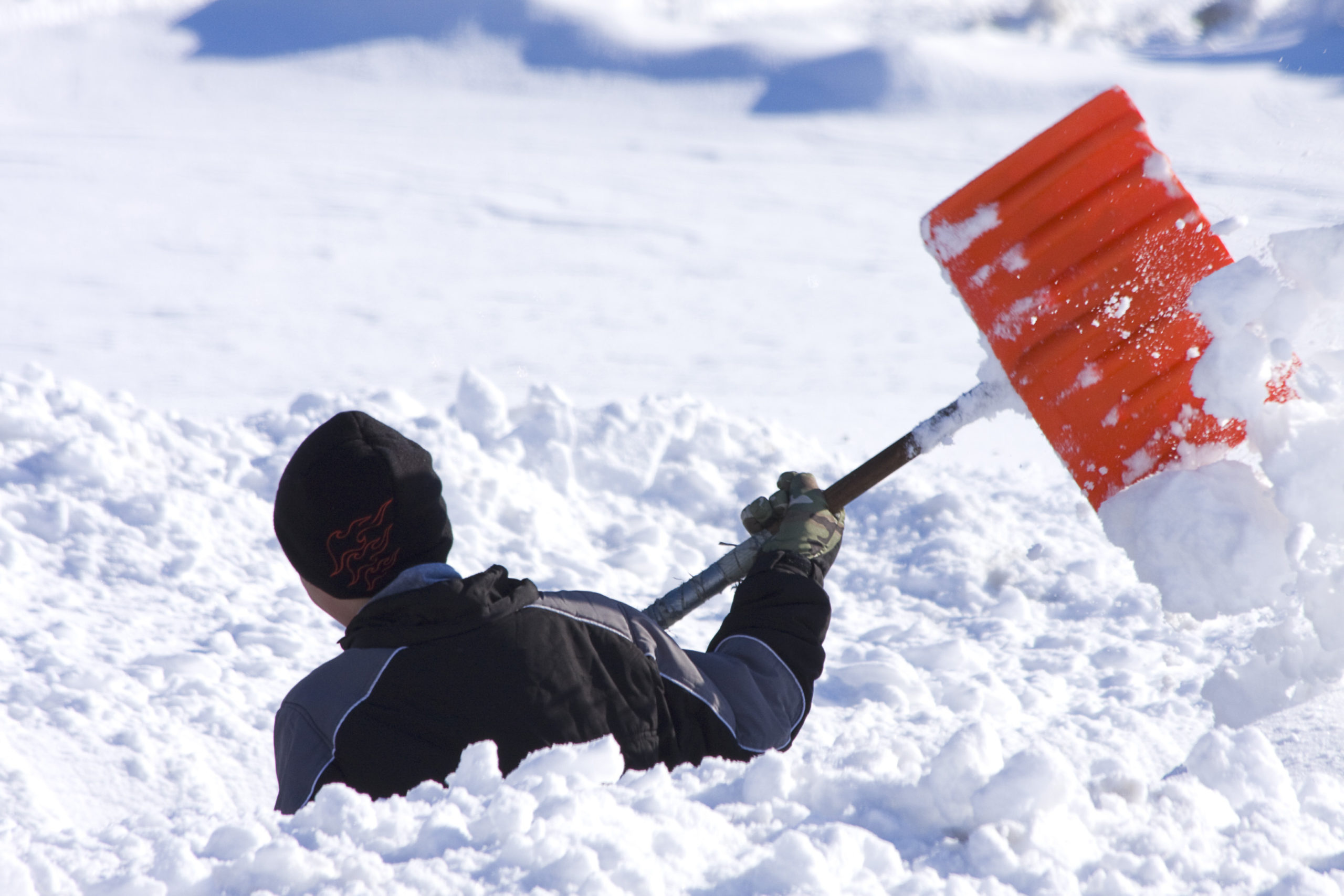Economically speaking, this year’s snowstorms were not very bad.
The National Oceanic and Atmospheric Administration (NOAA) uses the Northeast Snow Impact Scale (NSIS) to gauge the economic impact of a snowstorm. Based on a storm’s intensity and the size and density of the population it affects, the rating could be extreme, crippling, major, significant or notable. During the past 60 years, a list of high impact storms was topped by #1 and #2 below which were “extreme” while #3-#5 were called crippling.

None of the storms from the past two winters were either extreme or crippling. The worst, classified as “major” and ranked at #16 was from this year, January 29 to February 2. Below, you can see the area it hit.

Moving down on the NESIS list of 57 high impact snowstorms since 1956, the next recent one, also “major” at #21, lasted from February 11 to February 14, 2014.

Then we have to go down to…
- Major: #31 (1.29-2.04.14),
- Significant: #42 (1.25-1.28.15), #51 (11.26-11.28.14),
- Notable: #52 (12.09-12.14.14), #55 (2.8-2.10.15) and #56. (1.20-1.22.14).
This is the smaller 2.8-2.10 storm from last month.

Where are we going? To the economic impact of high impact snowstorms.
Economic Impact
NOAA reports on snowstorms that strike the Northeast because their economic impact can ripple far beyond municipal snow removal budgets and local demand to far reaching supply chains.
Snow Removal
More for snow removal, for hiring and purchasing snow plows, for overtime, for salt (that is up from $45 to $55 a ton) means less elsewhere in money and time. The Massachusetts state government reports that it has doubled its snow removal budget from $50 million to $125 million. Meanwhile Boston estimates its snow removal allocation two years before they need it by averaging the previous five years. For 2015, that meant they needed to double the $18.5 million they had planned on by taking the money from elsewhere in the budget.
Businesses and Demand
The picture is mixed. Key variables relate to whether the purchase can be postponed or done online. Restaurants, as you might expect, are big victims while supermarkets enjoy higher sales. As for other retail purchases, in Boston, furniture and home furnishing were down the most but I wonder whether the statistics reflect a delay rather than canceled buying.
Businesses and Supply
Productivity is probably affected by longer commutes. We have shut down transit systems and people who are forced to stay home. Some wages are sacrificed and some businesses diminish production. We could have air freight that never lands and canceled business and vacation flights. But will they make it up? And are people working at home?
One MIT paper says the snow has to last for two days to create a negative economic impact. But it also points out that areas used to snow experience little if any shock. What “paralyzes” one state is “minimally disruptive” elsewhere.
Last year the polar vortex was thought to have depressed first quarter real GDP by 2.1 percent. But then it bounced back 4.6 percent and 5 percent during the next two quarters.
Bottom Line: Economic Growth
There is much not to be sure of. In 2015, the Northeast could have experienced a shift from the office to the home, delayed sales, online businesses seeing more activity and a regional shift. What is definitely hit? Wage workers, plane cancellations, restaurants, and air freight. Boston cites at least $1 billion in lost wages and profit.
But how bad was the weather? Overall, thinking economically, probably not that bad. But with a record breaking 108.2 inches of snow, I am sure Boston would disagree.






